Table 1.
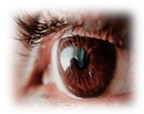
|
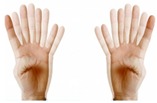
|
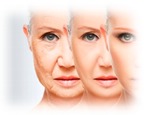
|
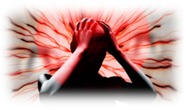
|
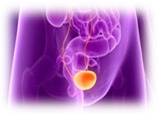
|
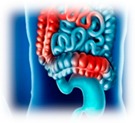
|

|
|---|---|---|---|---|---|---|
| Ophthalmic Disorders | Movement Disorders | Cosmetic Applications | Chronic Pain | Genito-Urinary System Disorders | Gastrointestinal Disorders | Other Conditions |
| Established Indications Of Bont (Approved by FDA) | Tried Applications of Bont | |||||
| Strabismus | Cervical dystonia | Wrinkles | Migraine | Chronic pelvic pain | Achalasia | Cerebral palsy |
| Concomitant misalignment | Oromandibular dystonia | Axillary Hyperhidrosis | Tension type headache | Vulvodynia | Bruxism | Spinal cord injury |
| Restrictive or myogenic strabismus | Torticollis | Lateral canthal lines | Lower back ache | Detrusor-sphincter dyssynergia | Palatal myoclonus | Various brain injuries after trauma |
| Eyelid retraction | Tardive dystonia | Glabellar lines | Myofascial pain | Spasms of perineal musculature | Chronic anal fissures | Upper-limb spasticity |
| Duane’s syndrome | Other focal dystonias | Browlift | Tennis elbow | Dyspareunia | Larynx affections | Hemifacial spasms |
| Non-concomitant Misalignment | Trigeminal neuropathy | Painful bladder syndrome | Temporomandibular joint dysfunction | Stoke-induced spasticity | ||
